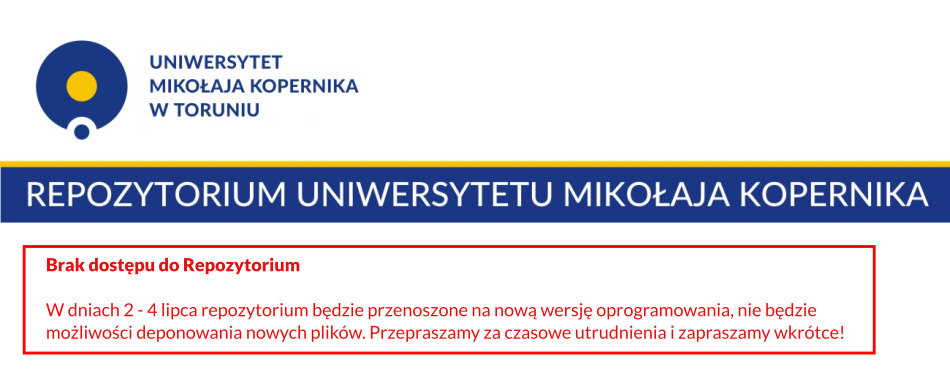| dc.contributor.author |
Lim, Solida |
| dc.date.accessioned |
2013-10-10T11:28:46Z |
| dc.date.available |
2013-10-10T11:28:46Z |
| dc.date.issued |
2011-10-01 |
| dc.identifier.citation |
Acta Universitatis Nicolai Copernici Zabytkoznawstwo i Konserwatorstwo, No. 42, Vol. 402, pp. 39-70 |
| dc.identifier.issn |
0208-533X |
| dc.identifier.other |
doi:10.12775/AUNC_ZiK.2011.013 |
| dc.identifier.uri |
http://repozytorium.umk.pl/handle/item/651 |
| dc.description.abstract |
The main aim of this paper is to estimate the usefulness of the non-invasivemethod of blocking capillary process in the walls according to the possibilities ofapplying this method in historical buildings with wall paintings. The researcheswere carried out in-situ using two kinds of devices – AQUAPOL (made inAustria) and RANDOM WE (made in Switzerland).The obtained results show that the electrophisical method can be used forconservation treatments of blocking capillary process in damp walls covered withpaintings. It can restore the optimum humidity conditions in the environmentand reduce the condensation of water vapour inside the buildings. It can alsocompletely remove the smell of mustiness. The electrophisical method canbe applied in the buildings of varied architectural forms and materials. Themethod does not solve completely the problems of salts crystallization on thewall painting surfaces during the drying process but it fulfills the conservationconditions – is non-invasive, reversible and gives long-lasting effects. |
| dc.language.iso |
pol |
| dc.rights |
Attribution-NoDerivs 3.0 Poland |
| dc.rights |
info:eu-repo/semantics/openAccess |
| dc.rights.uri |
http://creativecommons.org/licenses/by-nd/3.0/pl/ |
| dc.title |
Badania nad skutecznością metody elektrofizycznej w zwalczaniu wilgotności kapilarnej malowideł ściennych |
| dc.type |
info:eu-repo/semantics/article |


